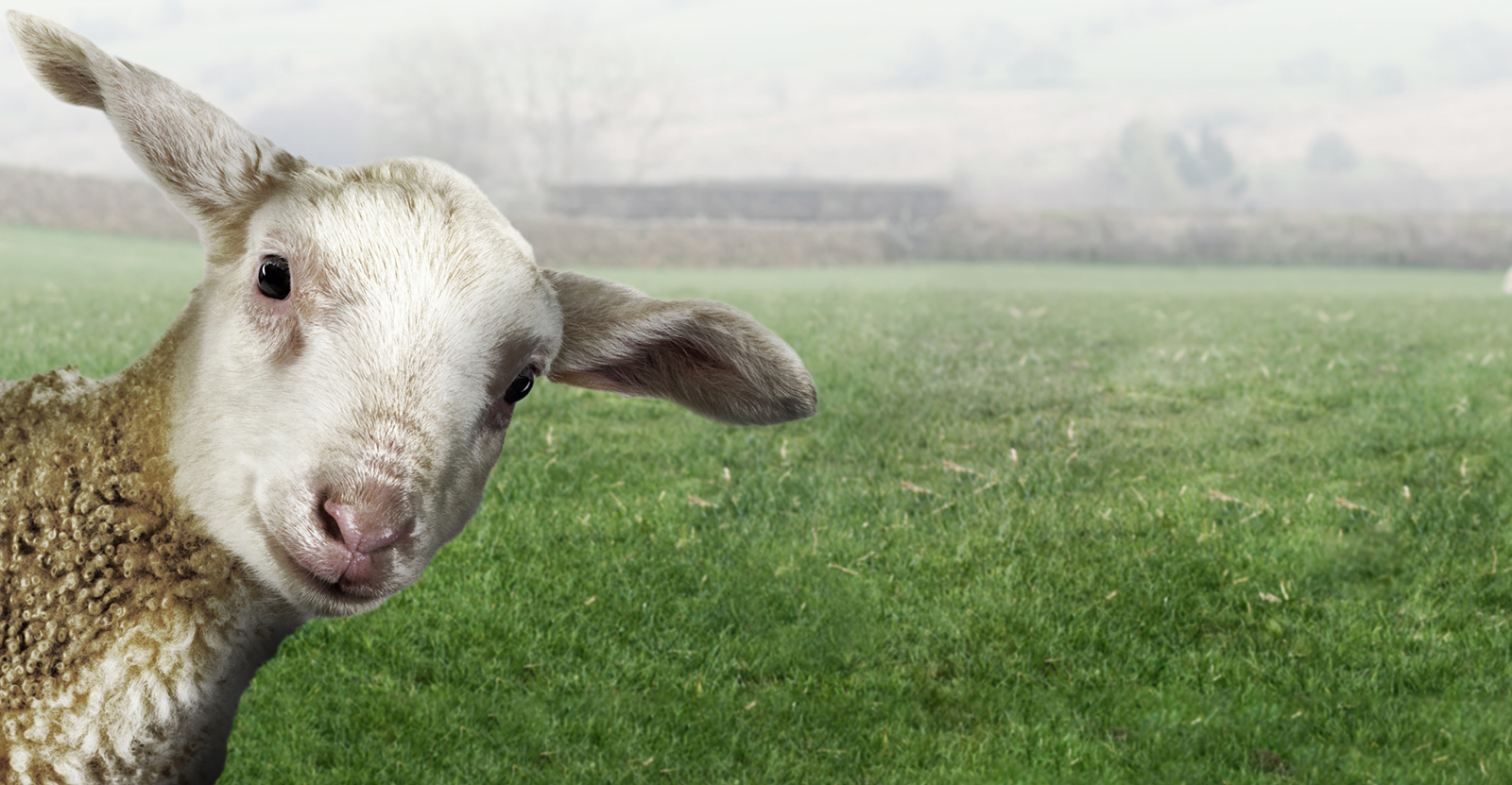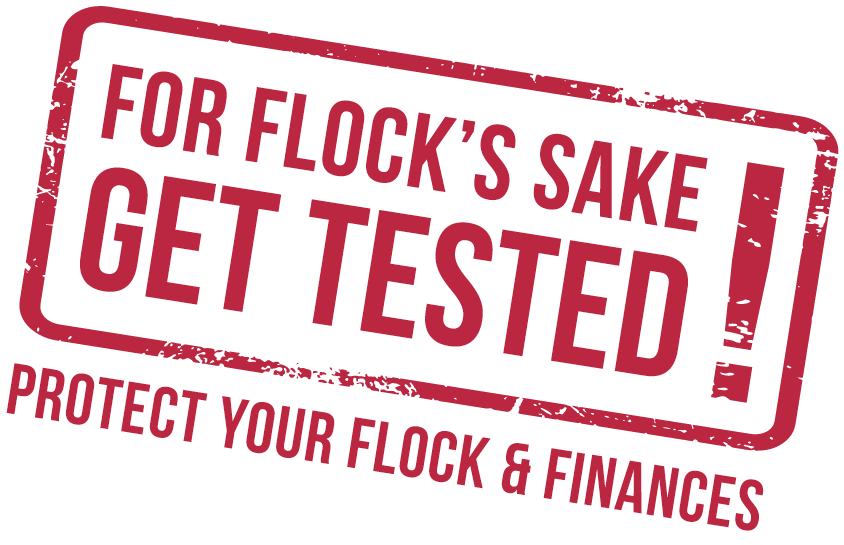Enzootic abortion in ewes (EAE) is still the most commonly diagnosed cause of infectious abortions in sheep in the UK, costing the UK sheep industry up to £20 million annually1. The impact of this costly disease can result in devastating losses during a lambing season2, so it is vital farmers are vigilant of any signs and contact their vet if concerned.
Record keeping is very important, logging all abortions will enable farmers to know how the flock is performing and flag up any problems. Farmers should be suspicious of an infectious cause if an abortion rate of 2% or over is recorded over the lambing season or if two or more ewes have aborted over two to three days, irrespective of the size of the flock.
When to test for EAE
A ewe that aborts with Chlamydophila abortus may present with some or all of the following signs:
- A red/brown vulval discharge
- Abortion of lambs from 3 weeks before due date
- A red inflamed placenta
- Small, weak or dead lambs
The ewe is usually fit and healthy throughout.
Contact your vet to discuss testing for EAE if you notice these signs in 2% of ewes or in 2 or more ewes over 2-3 days.
When EAE is probably not involved
While EAE is the most common cause of infectious abortion in the UK, there are other agents that can cause a problem on farm. Signs that are not normally associated with EAE include:
- High numbers of barren sheep at scanning
- Lower than expected scanning percentages
- Reabsorption of lambs
- Ewes that are ill around the time of abortion
- High death rate of ewes
In these cases, contact your vet to discuss possible causes of the problem.
How to test
The best sample for testing is the whole aborted, fresh foetus and placenta. This can be sent to a lab for post mortem and analysis.
If the lab is too far away or not open, a vet can take relevant samples.
Some tips to ensure the best samples are taken include:
- Always sample fresh cases where possible
- Avoid cases that are rotting or mummified
- Sample more than one case, if available
- Start investigations as soon as you’ve identified there’s a problem
If you don’t have the freshly aborted lambs, or if records show a high abortion rate over the lambing season, identify as many of the aborted ewes as possible for blood sampling (by a vet) from 3 weeks after the abortion has occurred up to 3 months after lambing has finished.
Results will be sent to your vet and they can discuss results with you.






